Can HTS Rebuild Syria Despite the Terrorist Stigma?
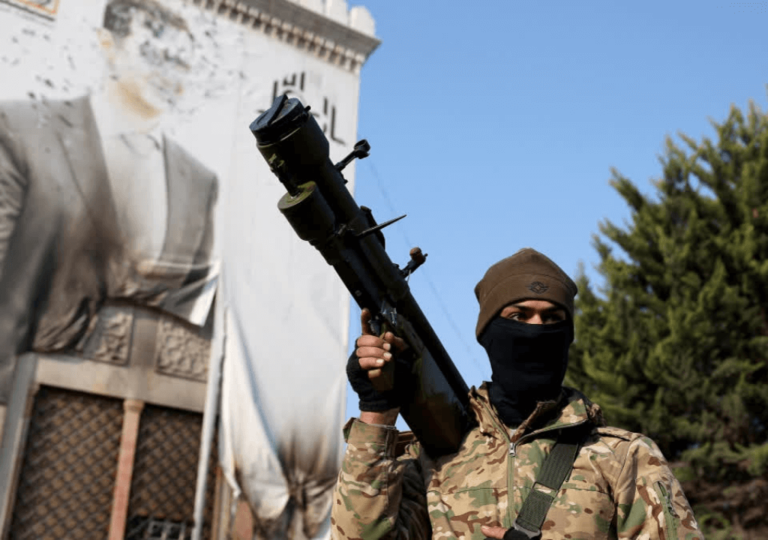
The Syrian civil war has officially ended, with Hay’at Tahrir al-Sham now governing a fractured nation

The Syrian civil war has officially ended, with Hay’at Tahrir al-Sham now governing a fractured nation
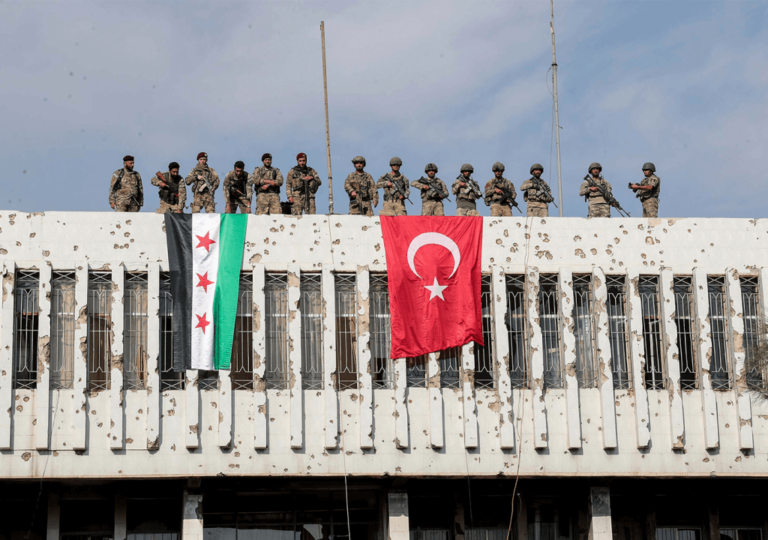
Turkey is reasserting its influence in Syria, targeting Kurdish forces amid a shifting power dynamic in the region
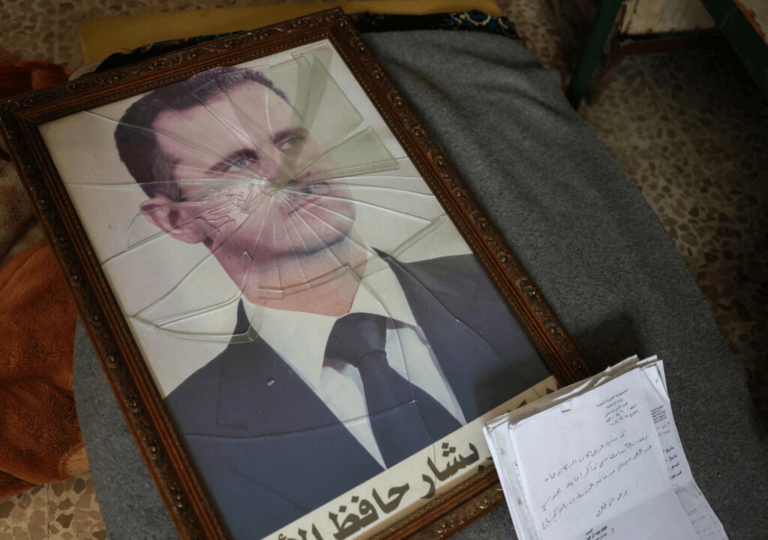
Rebels have seized Damascus, marking the end of Bashar al-Assad's regime after thirteen years of civil war
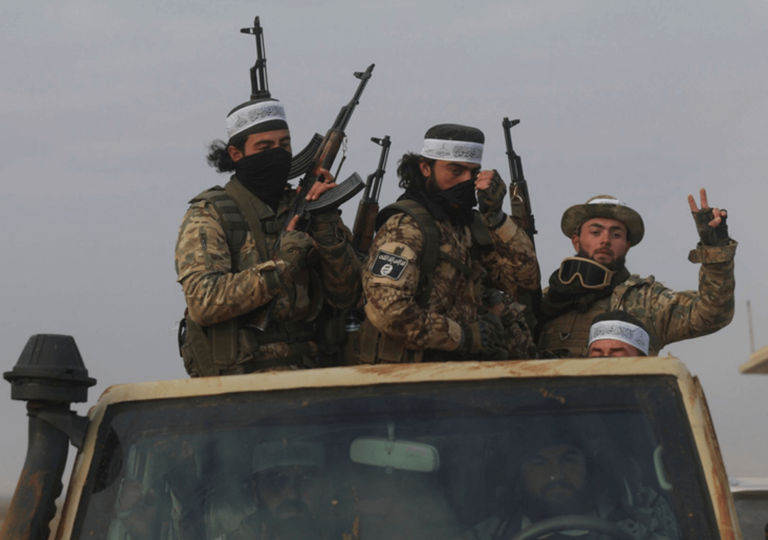
Syria's civil war continues, fueled by foreign interests and ongoing clashes among multiple factions, resulting in immense suffering
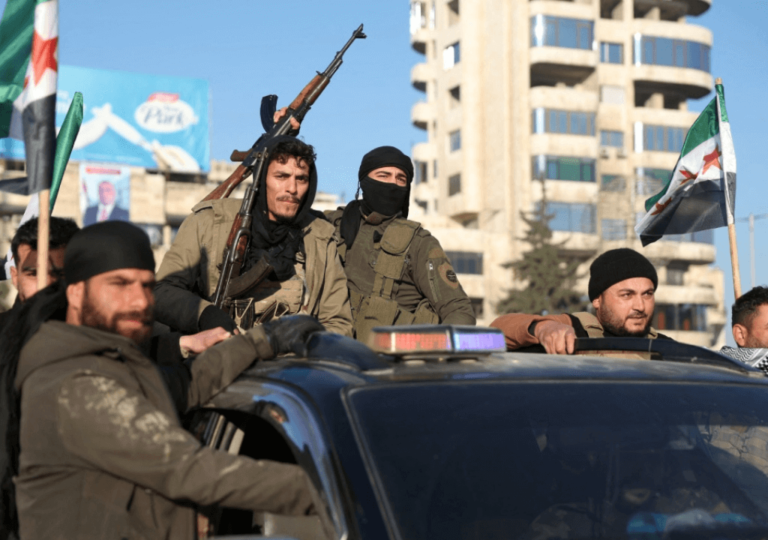
Islamist group HTS has seized control of Aleppo, reigniting global concerns about renewed Islamist rule in Syria
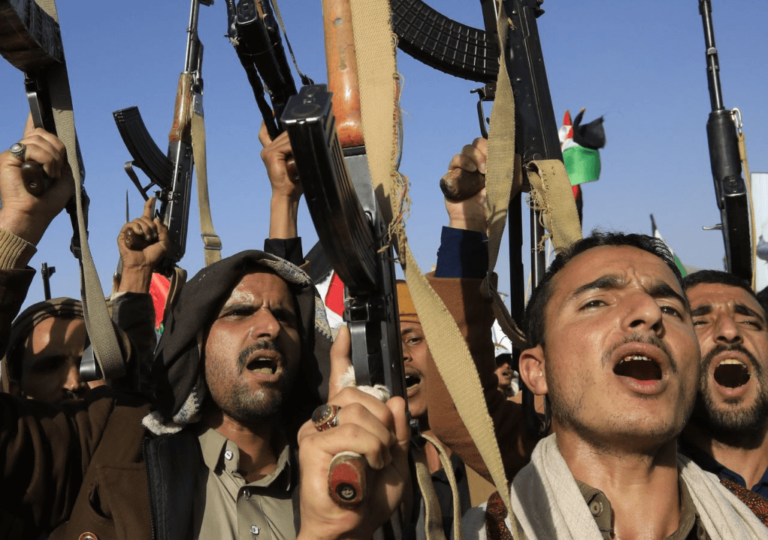
The Islamic world lacks a superpower to challenge Israel due to U.S. dominance and weakened regional leadership
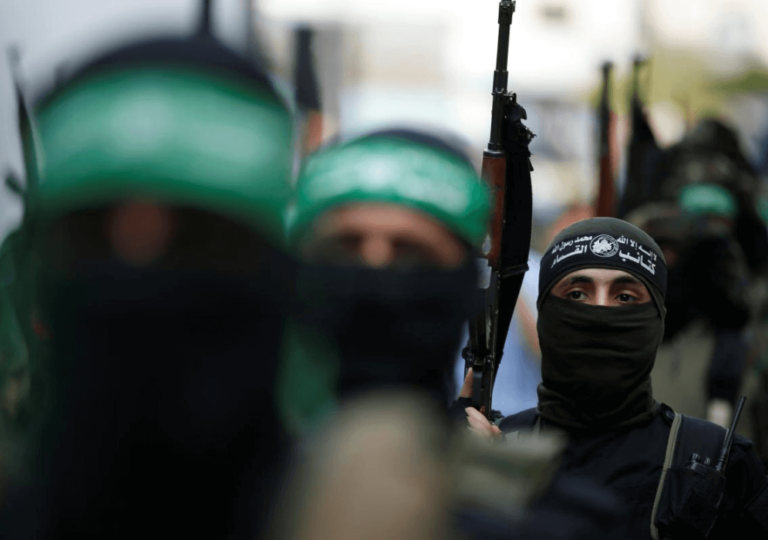
Gaza conflict fuels radicalization among youth, raising global terrorism concerns
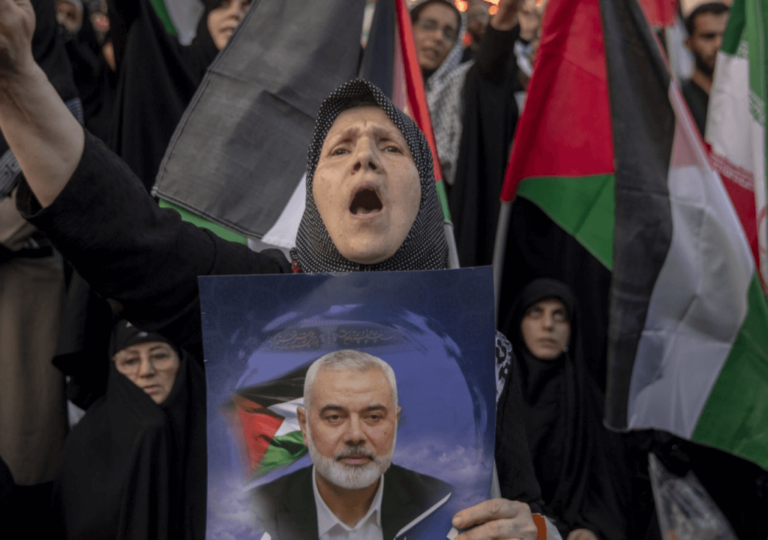
Israel dealt severe blows to Hamas and Hezbollah, killing key leaders amid ongoing conflict
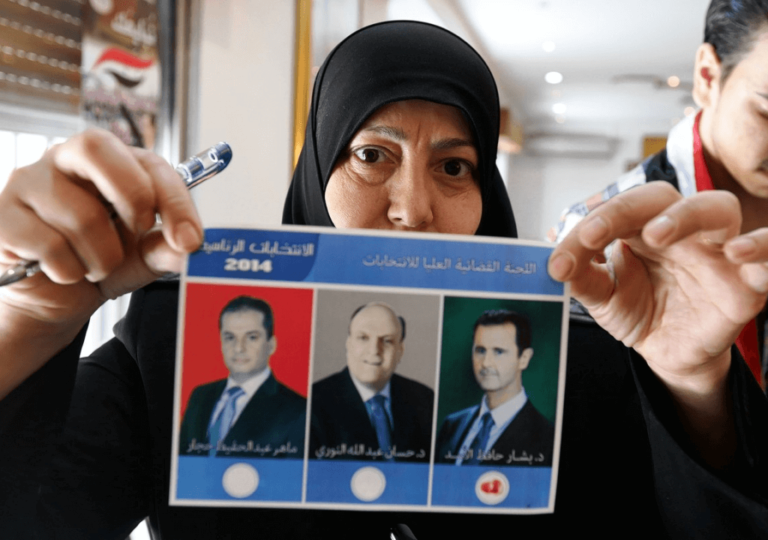
Bashar al-Assad's Syria holds sham parliamentary elections, with the Baath Party firmly in control and no real opposition.
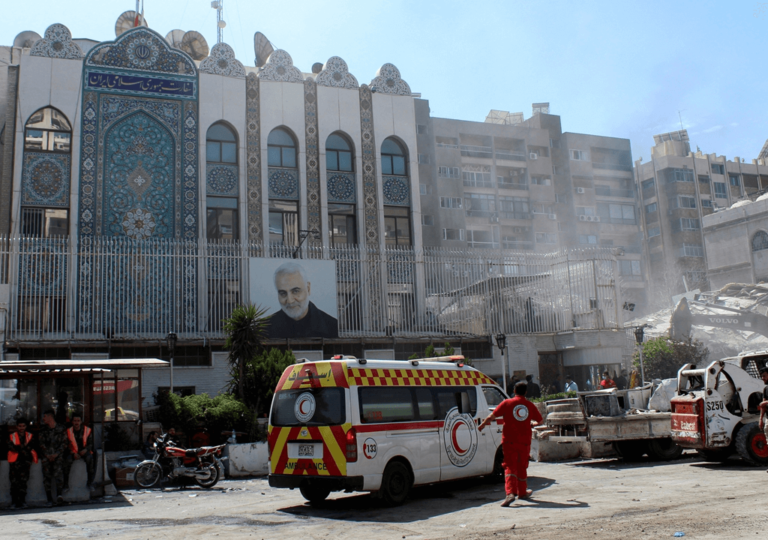
The recent Israel-Hamas conflict escalates, with Israel targeting Iranian interests in Syria, risking broader conflict but avoiding direct confrontation with Iran.